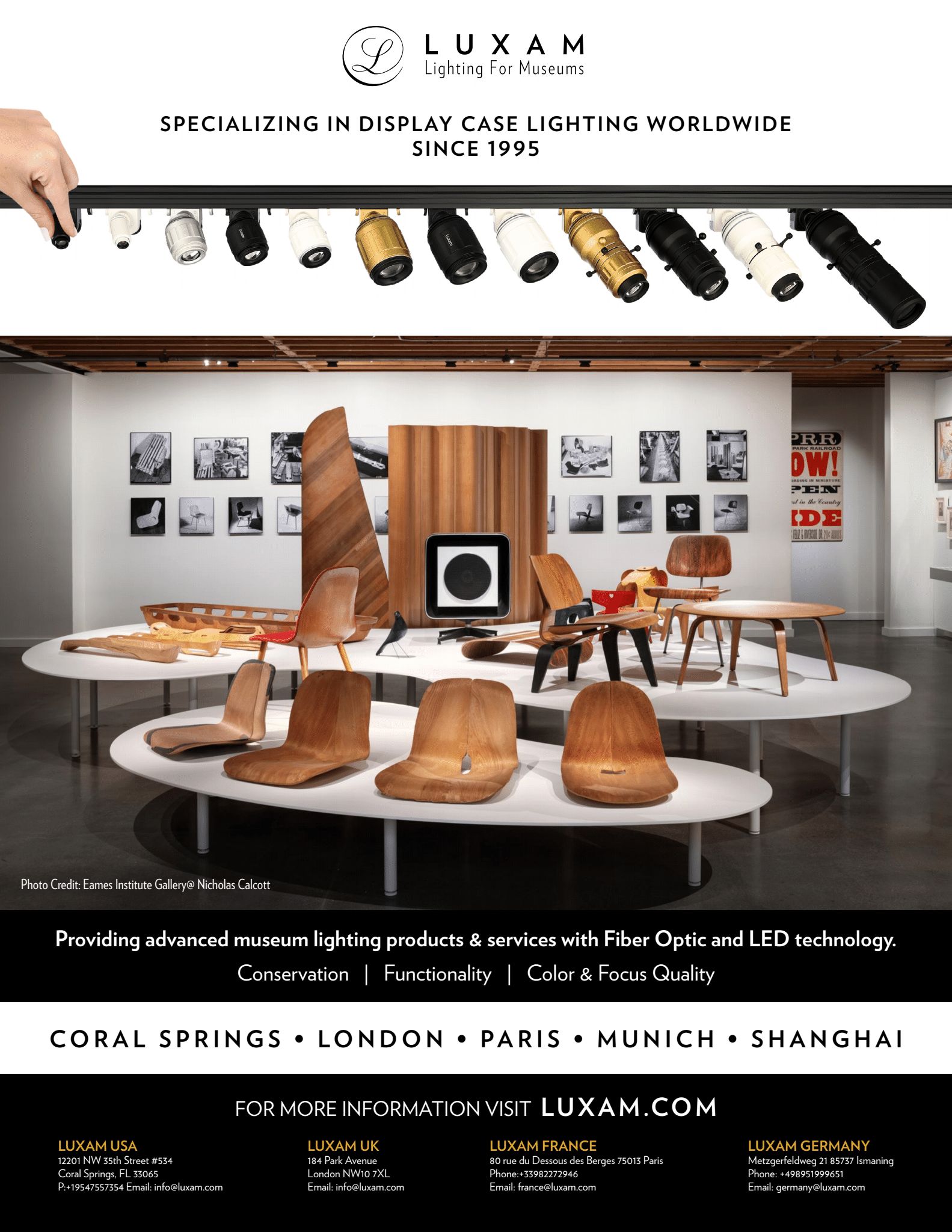
5 minute read
Up Close With Paul Mercier
BY SHIRLEY COYLE, LC
Working as a young technical guy for a Montreal-based electrical engineering firm, Paul Mercier was doing high-end electrical work – data centers, hospitals, generators. “As I progressed in my career,” Paul noted, “I found that everyone in my firm had amazing expertise. I enjoyed learning from them, but I wanted to go my own way.”
“Lighting design was not something the firm was known for, so maybe lighting could be my expertise. I went to an IES meeting, then a class, then a lot of lighting classes,” he continued.
Paul would continue to be involved in IES over his career, locally, nationally, and internationally (he is a Past President and past Executive Director of IES). “I started doing projects that were not just technical. I began getting calls from companies that had heard I did ‘architecturally sensitive’ lighting design. I realized lighting design was something that I wanted to do. My strong technical background freed me to be creative.”
“After eight years, I was leading the electrical engineering group and wanted more. I looked for an engineering role requiring lighting expertise and ended up moving to Calgary to head a newly founded lighting practice within an engineering firm. Over time, I was managing the engineering team again.”
Paul moved to another engineering firm, and for several years, did strictly lighting. Eventually, he established his own design firm, Lighting Design Innovations (LDI), with the support of both the engineering firm he was working for and the local lighting industry.
The reciprocal support that Paul and his mentor, Garry McTighe, gave each other became a philosophical commitment to pay forward to others. Paul and his partner in work and life, Kim Mercier, recently celebrated their 25th year of operation at LDI. “If there was someone in need… starting their own business…we would help. We hired them as designers and drafts people in lighting. This willingness to build a better community sprouted from the support I had received starting out.”
“In the engineering world,” he continued, “engineering groups are not always friendly to their competitors. In the lighting design world, my competitors are all friendly to me – but, more, some have become really good friends. I love this industry for that!”
While starting his own business was a significant challenge, Paul also raises an important and unique challenge for lighting designers. “One of the biggest challenges for us,” he said, “is putting our reputation in the hands of the person who hires us – a person who is often not the end client. You have to trust the people hiring you. Frequently, the lighting designer becomes the scapegoat for the commitments that were not fulfilled by other team members.”
On issues facing the lighting community, Paul voiced his concern about the legitimacy of lighting design in general, saying, “There are so many people engaged in lighting design, and we are subdividing ourselves in ways that hide our numbers and cause confusion to the public. We have lighting designers, lighting agents who do lighting design, distribution people who do lighting design, architectural firms specializing in lighting, etc. Lighting design, in all facets, has to be accepted as an area of expertise to benefit everyone in the industry – from manufacturing through installation.”
“We have to begin acting as a large community, not a collection of small special interest groups, so that we can work together to create a stronger lighting industry. As a community, we can approach challenges with more hands and a greater ability to make progress. Then, our legitimacy can rise to that enjoyed by architects, interior designers, and engineers.”
To what does Paul attribute his success? “Fundamentally, I have a really sharp pencil. I spent a lot of time educating myself, including going back for my Masters of Lighting (from the Physics Department at Queensland University of Technology in Brisbane, Australia). In part, I felt I should have the formal education, so I could teach others.”
Paul has taught lighting at SUNY for over fifteen years. “If you want to be creative, understand the science so that you don’t have to rely on someone else to confirm that your designs work!”
Paul advised those coming into lighting, “Find mentors and listen to what they have to say. It is easier to learn from the examples of another’s successes and mistakes.”
What does Paul do for fun and restoration outside of lighting? “As a young man, I was an athlete and played every sport I could. What I enjoyed most was coaching and teaching friends. The biggest lesson I learned was how to share my passion and expertise.”
He continued, “I was torn between the path into the science world and the path into coaching. Now I’ve gone full circle – I am trained as a certified coach for pickleball. That coaching certification was really important for me, so that I have the foundational sharp pencil to help my students.” The same sharp pencil philosophy that has been with Paul all along his journey.


